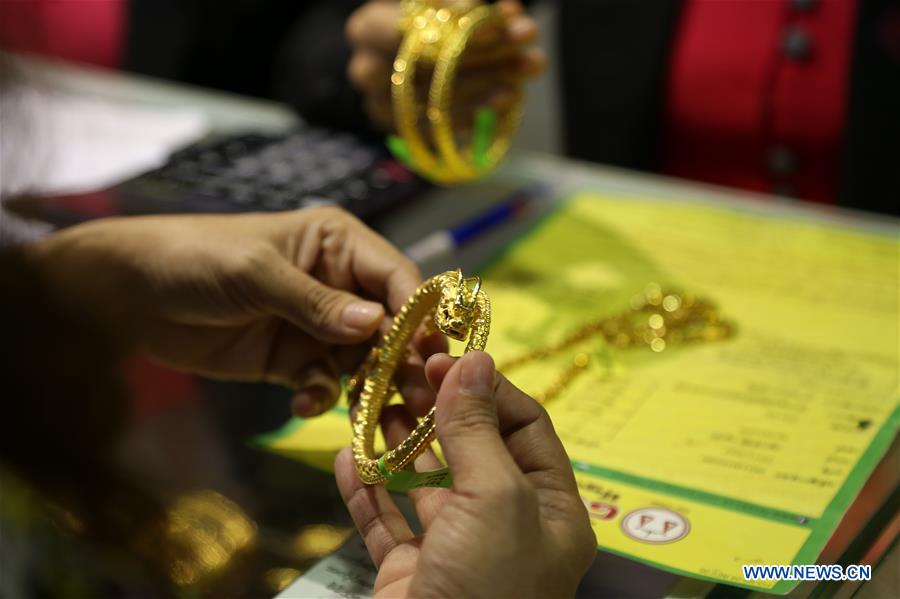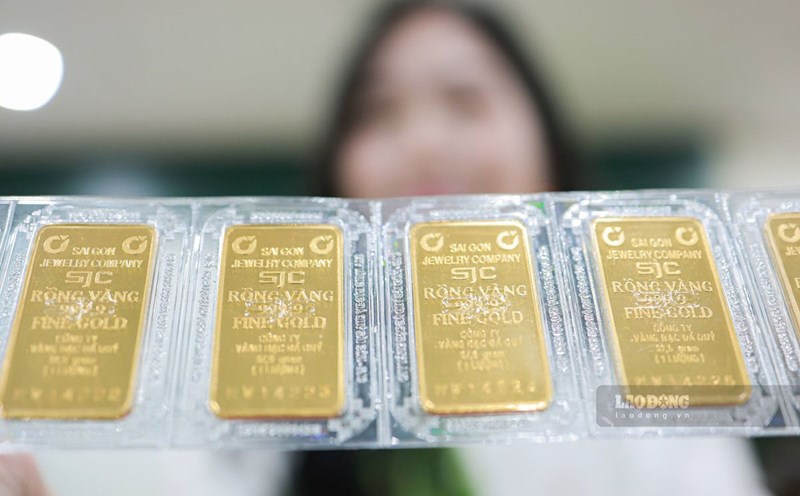According to scientific research, gold flows into the ocean from rivers, dust in the atmosphere and water bottoms. When mixed with water, yellow is often combined with dust grains or a compound with chloride, making them extremely thinly dispersed.
Measurement results in the Atlantic and North Pacific have shown that the concentration of soluble gold is only about 50-150 femtomol/liter, which is several trillion grams per liter of seawater. On average, it takes 100 million tons of seawater to produce 1 gram of gold.
It sounds like a lot, but when calculated in reality, "pulling gold" from the seawater becomes impossible.
Modern analytical techniques can accurately measure this micro-concentration, but the splitting of gold out is another story. Experiments using solvents, bypass steams or combined with seawater plants have all failed when implementing on an industrial scale, because the cost of energy far exceeds the value of gold.
Even at the seabed, where gold is more concentrated in sunflower or mineral shells around the mouth of the hydrothermal vents, the reserves are still distributed disjointedly and lie thousands of kilometers below the water surface. Exploiting there is both costly and poses a potential risk of disrupting the fragile ecosystem.
Investors often ask: If the ocean is home to a huge gold reserve, can this supply hold back gold prices? The answer is no. With current technology and costs, gold in the sea is like virtual gold - there is chemically, but it cannot be turned into commodities.
That explains why world gold prices continue to peak, despite the estimated ocean gold reserves of tens of millions of kilograms. The market only counts on gold that can be exploited and refined, not gold atoms floating in each drop of seawater.
Scientists continue to study the life cycle of gold in the ocean: Where it enters, how it goes missing and where it concentrates. However, experts agree that mining gold from seawater will not be a reality in the near future.
This means that while the ocean is a great but intangible gold rush, the global market still revolves around limited supply from on land mines, and gold prices will be strongly affected by geopolitics, financial investment and safe-haven demand.

The world gold price was listed at 6:00 a.m. on September 14 at 3,641.4 USD/ounce.
Regarding domestic gold prices, DOJI Group listed SJC gold bar prices at 128.1-131.1 million VND/tael (buy - sell); Bao Tin Minh Chau 128.1-131.1 million VND/tael; Quy Phu Quy Gold and Gemstone Group at 127.5-131.1 million VND/tael.
9999 gold ring price is at 126.2-129.2 million VND/tael (buy in - sell out).










